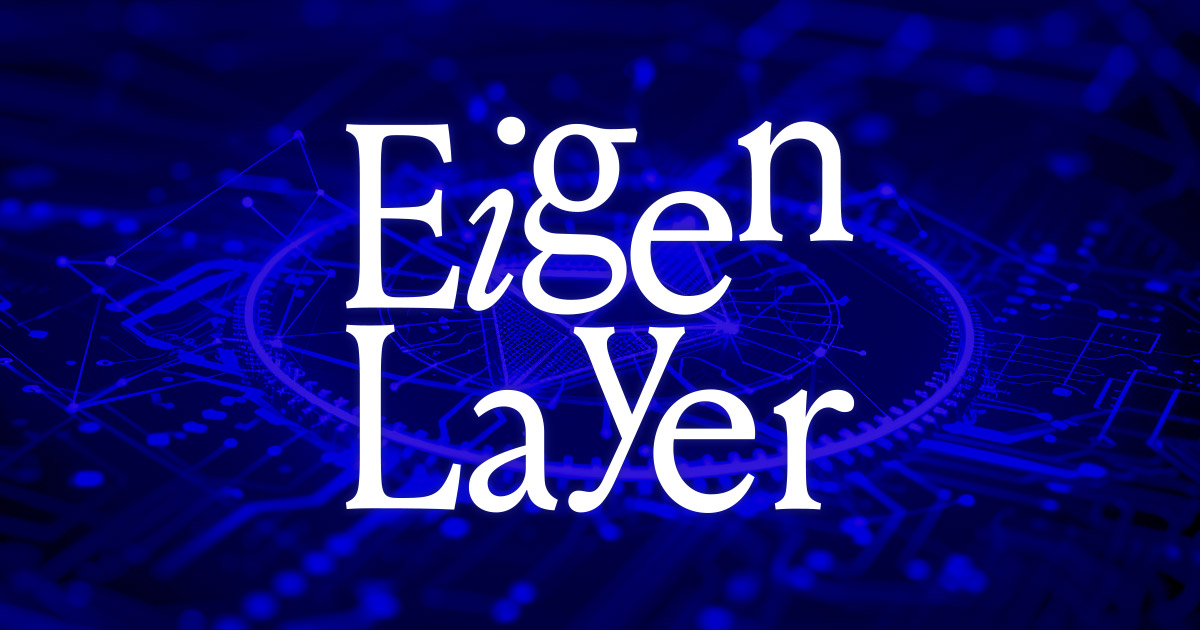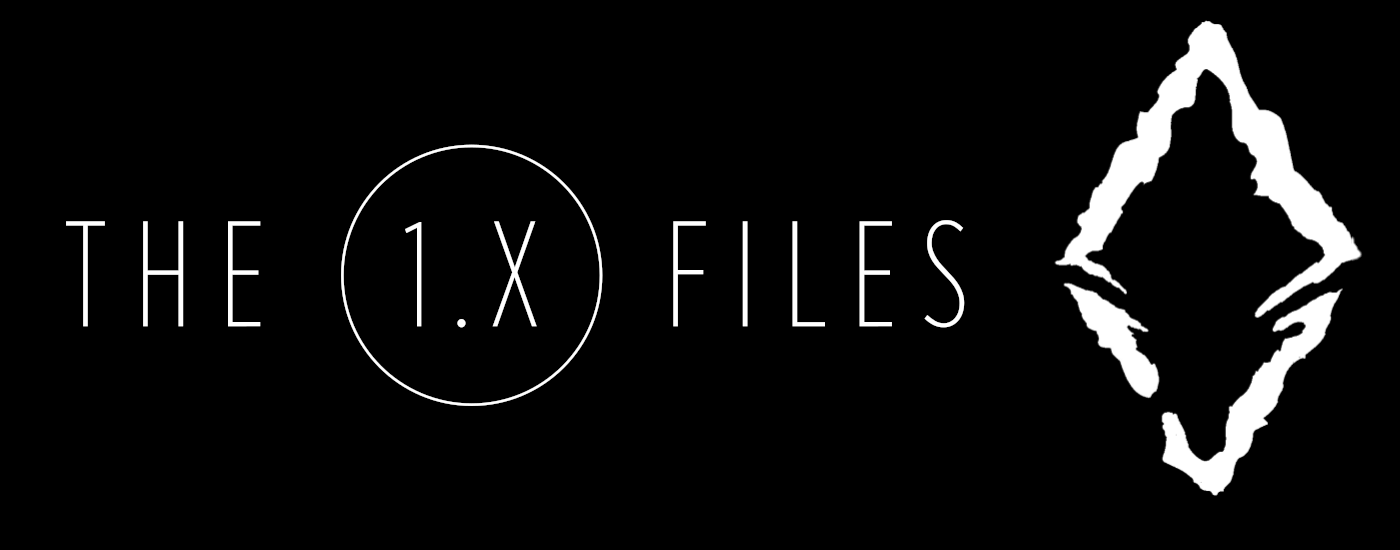JPMorgan placed JPM Coin bank deposits into Base.

For decades, wholesale dollar payments meant waiting for the Fedwire to open, and JPMorgan stopped waiting.
The bank converted its approved “JPM Coin” system into JPMD, a deposit token backed by JPMorgan’s insured balance, and placed it on Coinbase’s Ethereum Layer-2 (L2) base.
Pilot transactions with B2C2, Coinbase, and Mastercard are already underway. The timing is no coincidence, as JPMorgan is betting that corporate treasurers and trading desks will pay for programmable 24-hour liquidity before the Federal Reserve decides whether to extend Fedwire operating hours.
This is not a DeFi experiment, but regulated bank funds operating on public rail using smart contract hooks.
JPMD represents the actual deposit liabilities of systemically important banks, subject to FDIC insurance and banking supervision. However, the ledger now resides in an Ethereum rollup rather than JPMorgan’s internal database.
The bank frames this as commercial bank funds becoming programmable. It’s instant, configurable, and can be used when the markets aren’t sleeping.
24/7 claims and boundaries
Payments run 24 hours a day, 365 days a year between two JPMorgan customers using JPMD. Because the token movement and JPMorgan’s internal ledger are updated simultaneously, transfers are completed in Base within seconds.
Management is proposing “secondary” and “always-on” payments, which can be delivered within the network.
The current constraint is interoperability. True bank-to-bank payments still require counterparty banks issuing compatible tokens or fallback to legacy infrastructure.
If the counterparty banks elsewhere, JPMD will no longer be instant money and will become a charge that must be converted via RTP or FedNow for retail volume flows and via Fedwire when it reopens for wholesale reserve transfers.
This is a full-time payment within JPMorgan boundaries rather than a universal 24/7 payment across U.S. banks.
The Federal Reserve has proposed expanding Fedwire to operate 22/7/365, but this remains a proposal. Meanwhile, JPMD today offers this experience within the confines of a single institution.
What Base Gains, What Ethereum Absorbs
This is an authorized balance that utilizes public rollups.
Base provides low-cost block space and basic smart contract functionality, while JPMorgan controls who can hold or interact with JPMD through whitelisting and contract-level access logic.
Although the immediate on-chain space is small compared to retail DeFi volume, the symbolic weight is significant. Regulated bank funds are now traded on Ethereum L2.
This means that ETH’s security infrastructure delivers bank-grade flows and allows compliant applications to connect to the same execution environment as permissionless protocols.
Coinbase has been positioning Base for this moment since its launch by targeting “institutions on-chain.”
Now major banks are validating that thesis by choosing Base over private or consortium chains. For Ethereum, this introduces a new kind of economic activity to L2 security demand, even if those flows do not interact with public DeFi markets.
For Base, this is evidence of product-market fit in the institutional sector and a moat for competitive L2s that lack comparable regulatory relationships or management integration.
Deposit Tokens and Stablecoins
Deposit tokens are a claim on a specific bank rather than on the reserve portfolio of a non-bank issuer. The structural differences are important because JPMD can pay interest within the boundaries of the bank and appeal to treasurers who face internal or regulatory restrictions on holding stablecoins.
However, deposit tokens are not yet universally cash-like across institutions. Because the moment the counterparty is not with the same issuer, the value proposition is weakened.
Expect coexistence rather than replacement. USDC remains an open and composable dollar for licensure and cross-border flows where banking relationships do not exist or extend.
JPMD is a gate rail for large-scale KYC transactions and on-exchange collateral management that Coinbase can natively integrate with.
Skeptics are already arguing that deposit tokens are not a payments innovation until multi-bank interoperability arrives. Until then, it’s just a walled garden with smart contract functionality.
This move allows JPMorgan to bypass “banking hours” constraints without waiting for the Federal Reserve to extend Fedwire or adopt RTP and FedNow at wholesale scale across the industry.
After-hours liquidity shuffling among JPMorgan clients becomes trivial because corporate treasurers can move millions of dollars at 2 a.m. on a Sunday if necessary. This puts competitive pressure on banks, which are still tied to lump sum payment windows and business day cut-off times.
These changes also create strategic tensions. The Fed’s proposed Fedwire expansion would provide always-on wholesale payments across the banking system, but JPMorgan is offering a version of that future within its own walls today.
If other large banks use their own deposit tokens, the industry could fragment into competing networks unless standards converge.
If not followed, JPMorgan would gain liquidity and self-reinforcing service advantages by allowing customers to consolidate their activities with their banks, allowing them to move their money at any time.
Multi-bank network is unlocked
The end game depends on interoperability. If other systemically important banks issue compatible tokens, or if initiatives such as the Regulatory Accountability Network of the Tokenized Deposit Pilot Program in the US and UK converge on shared standards, “24/7 bank funds” will begin to resemble a new, programmable clearing layer rather than a single banking function.
At this point, deposit tokens become infrastructure rather than just a product.
We will be closely watching how JPMD is utilized across Coinbase venues and custody workflows in the near future. Payments, collateral management and corporate treasury cleaning are the first obvious applications.
As transaction volumes increase and other banks join, the competitive dynamics change. Base will become the shared clearinghouse for institutional dollar flows, and Ethereum L2 will be the primary execution layer for programmable bank funds.
If they don’t participate, JPMorgan has built a faster pipeline for its own customers, a reminder that the Fed no longer controls wholesale payment schedules.




